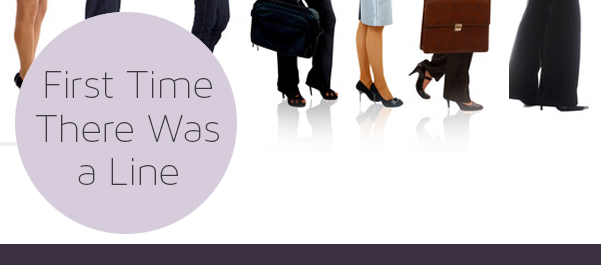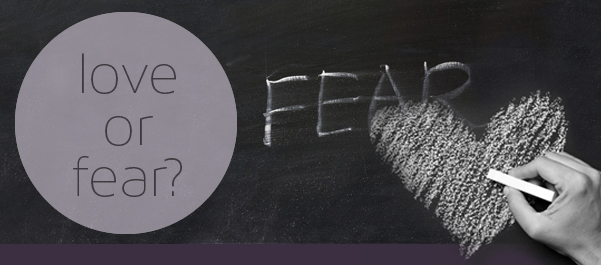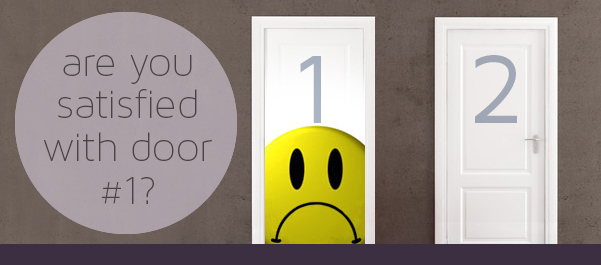Words v. Pictures
I am a words person – I think in words, express myself in words, process emotion in words. I learn well through words. I don’t think in pictures.
I don’t like to have to draw or use pictures to explain things. I don’t want to have to look at a graph and try and decipher what it represents. I want to read the data, then I understand immediately—It’s just how my brain works. I suspect there are a lot more people like me, and we just aren’t accommodated that much in today’s world of images.
A long time ago, I had a conversation with a man about how frustrating it was we had to “create pictures” for our client presentations. He said to me, “you know why we have to do this, right?” I replied, “Well, I can give you the politically incorrect answer as to why”. He responded, “That will probably be the right answer…” My theory? “Because men think in pictures, and we are always presenting mostly to men.” He laughed a little and admitted, “you are exactly right”.
DRIVES. ME. NUTS.
I believe words are one of the most powerful things in the universe, right up there with water and math. Words create worlds – we have to utilize words or math first in order to create something in this world.
I use words to express myself. Often not very well. Often making others uncomfortable – some of that is me. I’m told I express too much emotion – some of that is the receiver. Misunderstandings happen frequently, much to my frustration.
But I like words, because I am usually in my head (words) vs. my heart (emotion) – I’ve been working on that a long time.
So, why all these words about words?
How many times have you heard “A picture is worth a thousand words”? That quote has always irritated me, but I understand it. A “picture” (or some form of visual art) is often a very efficient way to express the underlying emotion. Touching emotion is admittedly equally as important as conveying a concept.
“Fearless Girl”, a bronze sculpture displayed in the plaza across from the New York Stock Exchange, explains perfectly what I was trying to say in 2013 when I launched GirlAuthentic. This art is a perfect visual representation summarizing both words and emotion. I also love my GirlAuthentic logo—it too expresses something visually—immediately.
Many people respond to my use of the word girl – some in a negative way, some out of curiosity. For those who ask, I share that I use the words GirlAuthentic as a way to connect to the sense of power, freedom, fearlessness and capability that women feel as young girls, but often lose touch with as they engage with social structures in the world. These characteristics are covered up, succumbing to a different vibration not our own; the authentic selves we knew when we were young girls retreat.
I want GirlAuthentic to help women remember who they are.
I have gone back and fixed words on the GirlAuthentic website. I let myself be talked out of using some of the words I wanted to: vibration, feminine, structures. I snuck them in over time – but now I have put it out there.
Structures must change.
There is an imbalance between the masculine and feminine.
There are vibrations to both, and we are missing one of them; thus, an imbalance, a lack.
Women can lead the way.
The GirlAuthentic “Movement” should have been described using the words I wanted, but I wasn’t sure how it would work—still not sure—so instead of covering up the un-sureness with a bunch of words that don’t resonate, I’m going to say it plainly. I’ve said it hundreds of times in conversations, I just never put it on the site:
Movement = 3 Steps
- Talking to people about women building businesses
- Encouraging women to do it
- Explaining why it is important for women to build businesses
- Teaching women how to build businesses – not sure how this will look
- Finding ways to FUND women building business – don’t get me started
It is time for women to reclaim the strength and power we know is there in that fearless, authentic girl. We are going to need it to help build the new structures that will bring the equality and equity we are seeking for all humanity.










